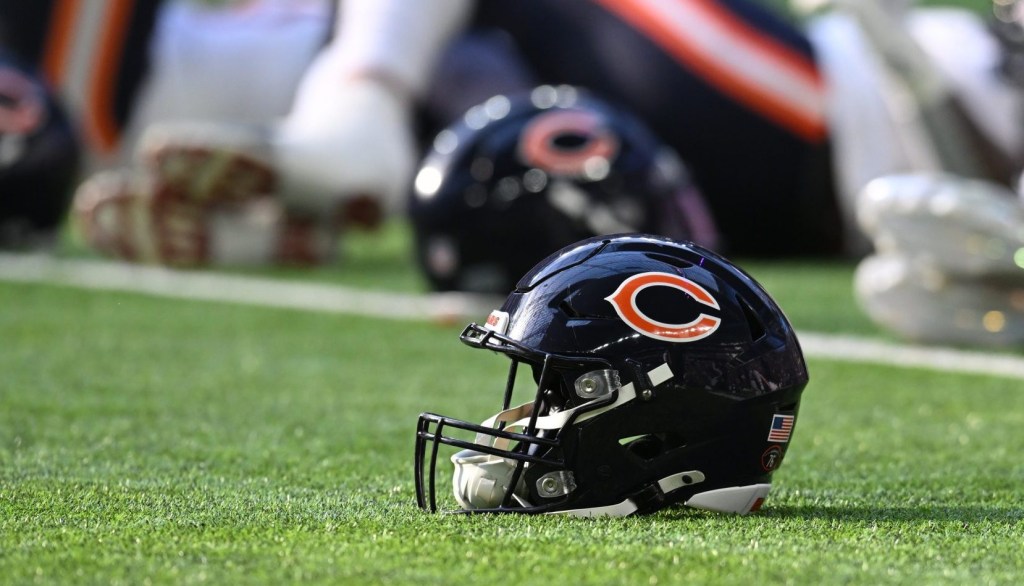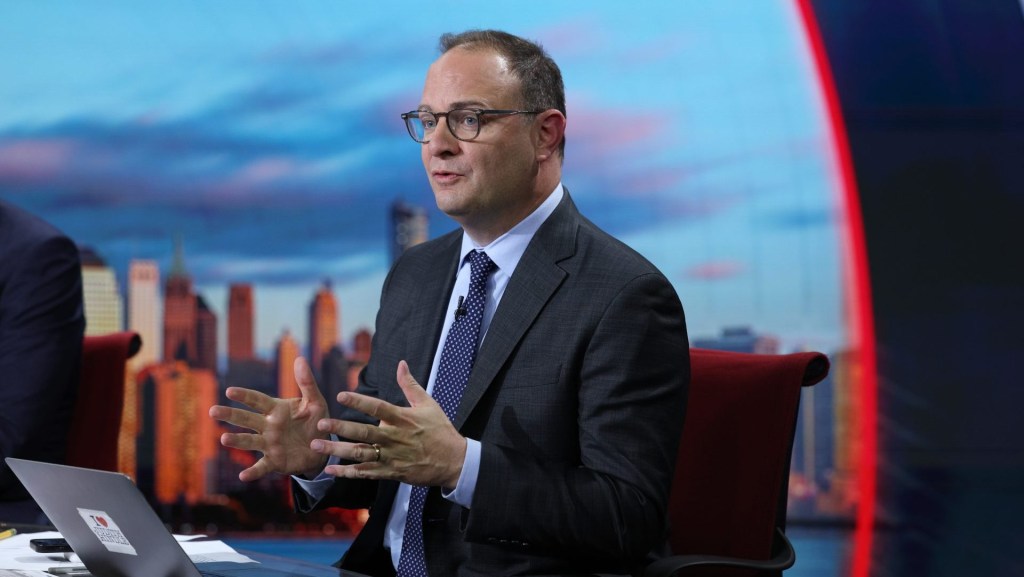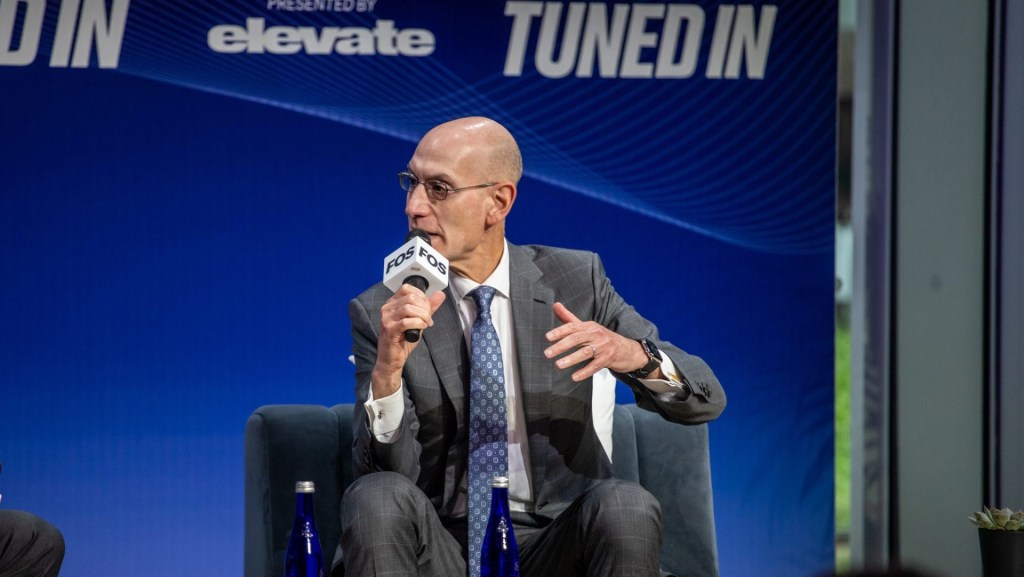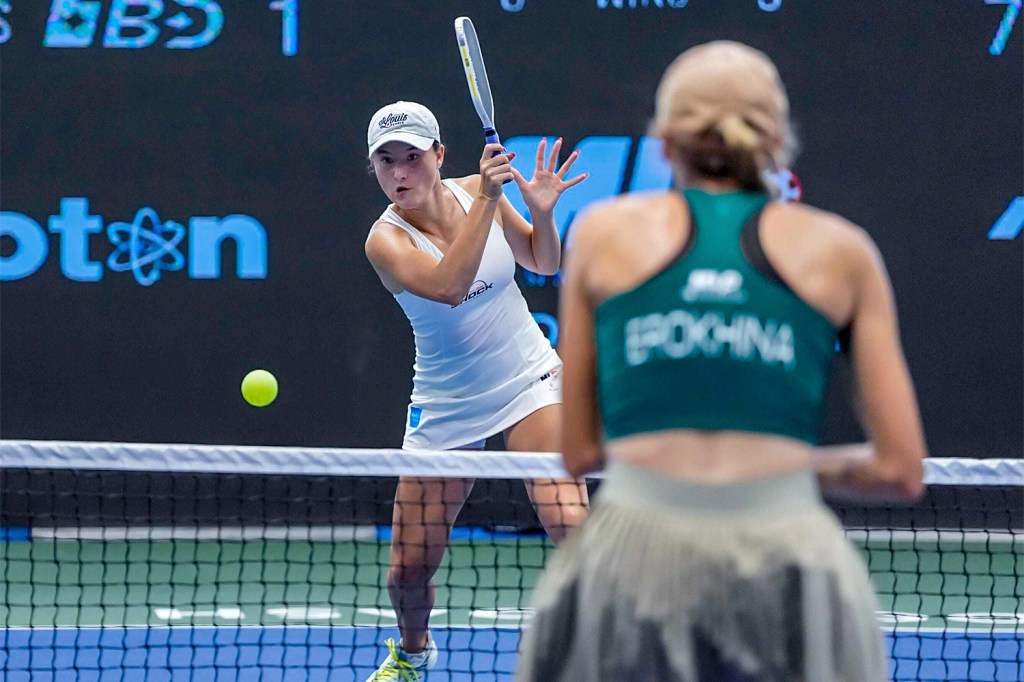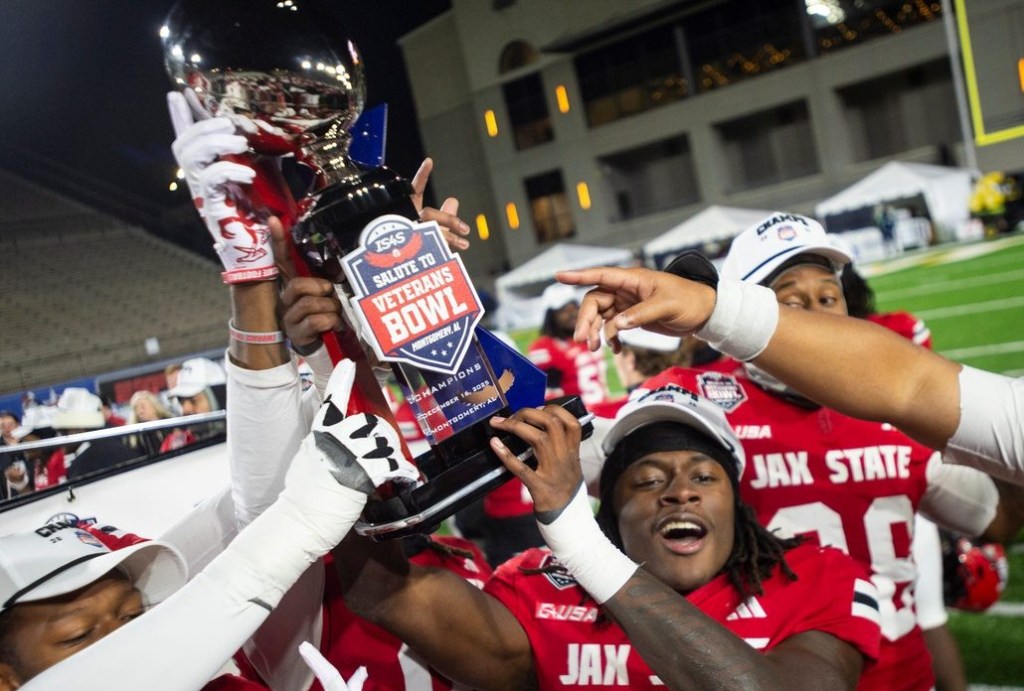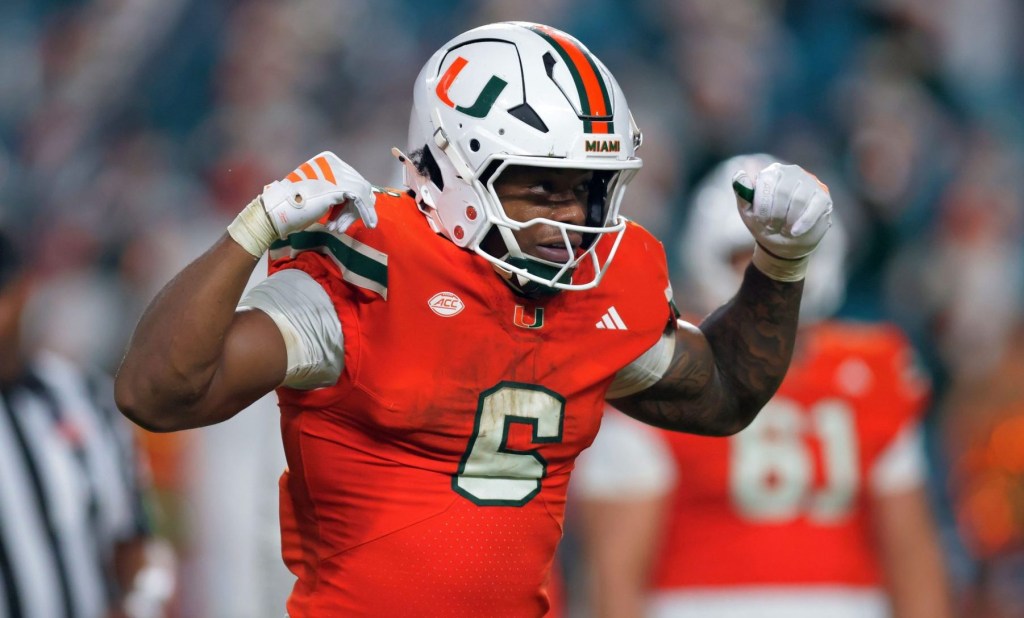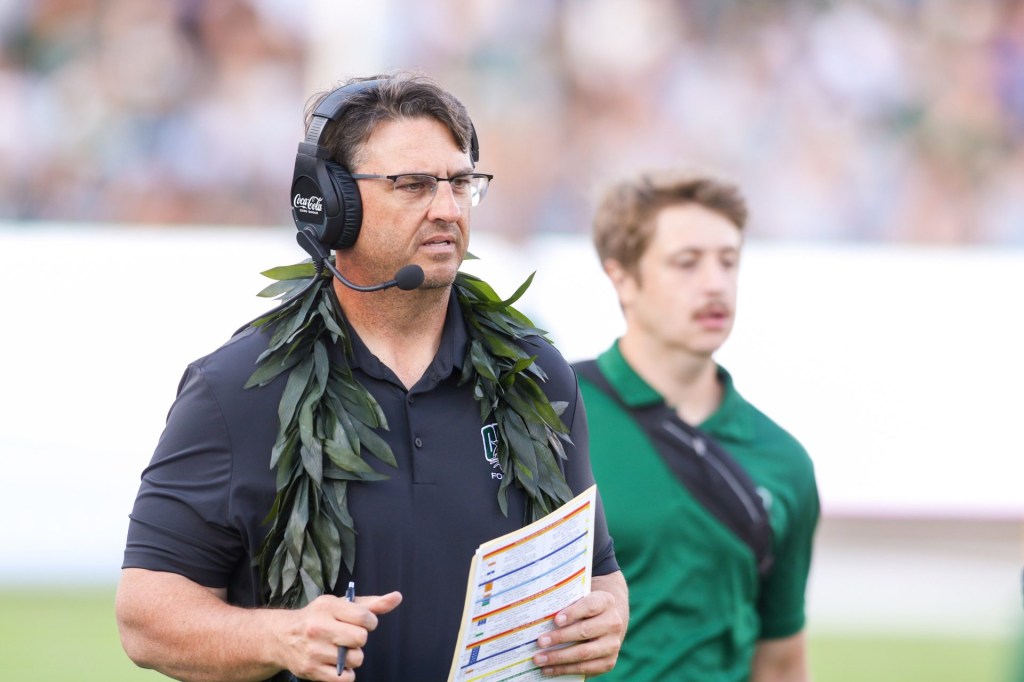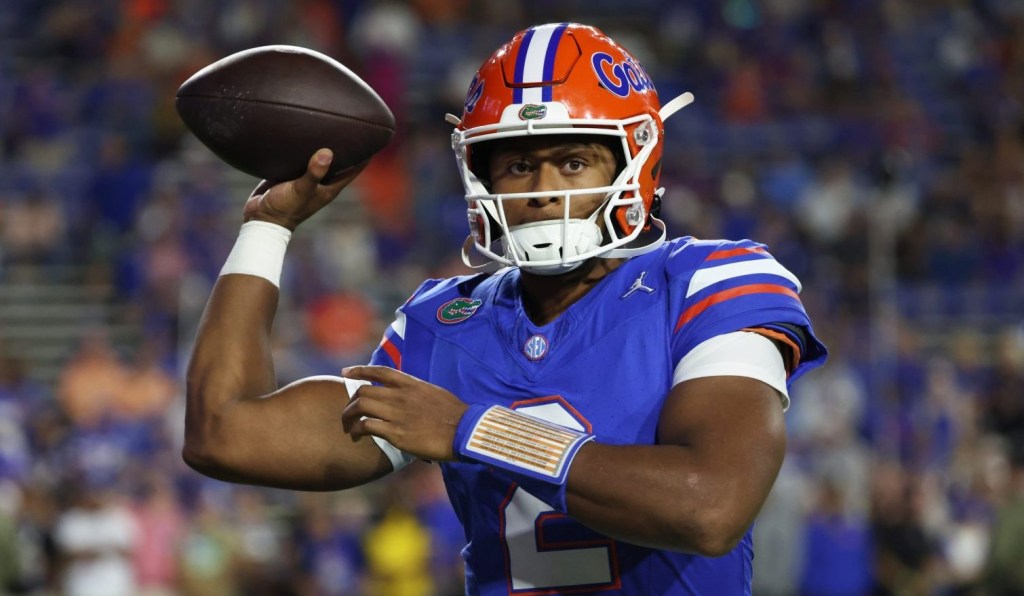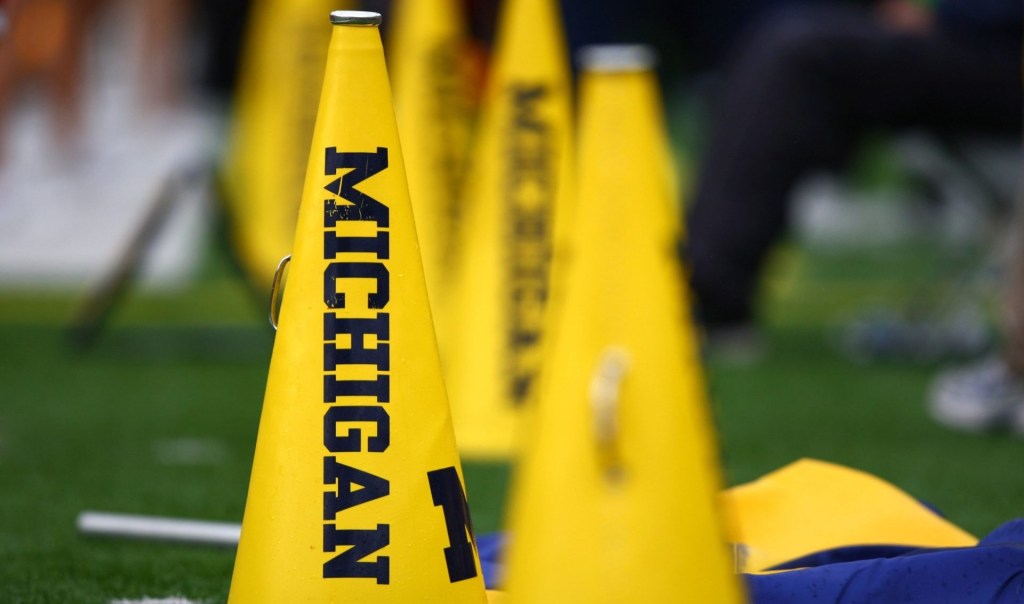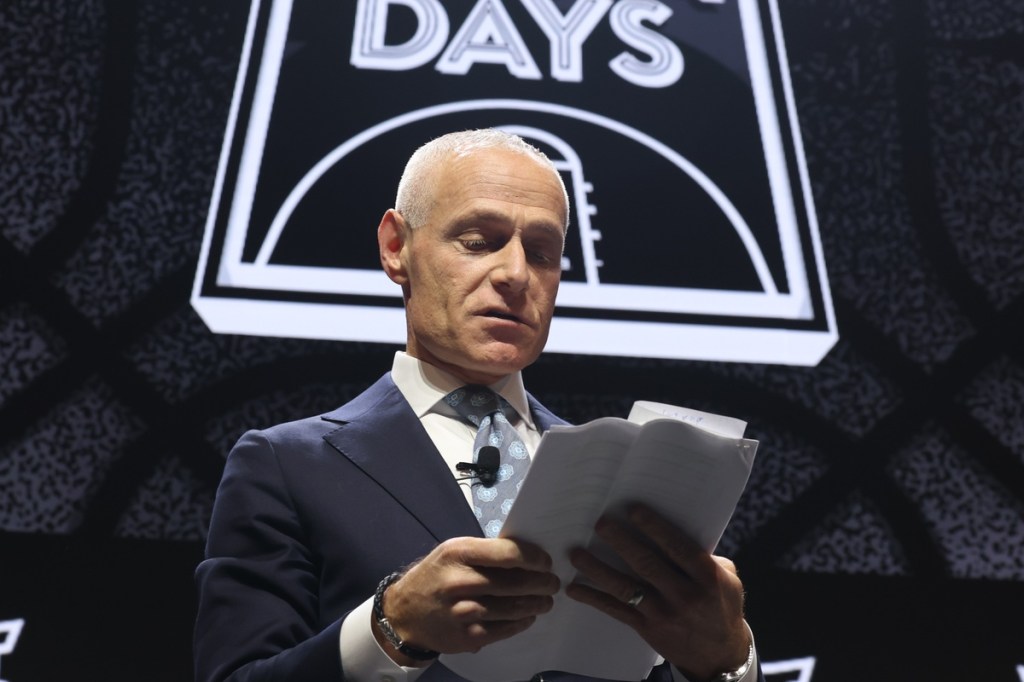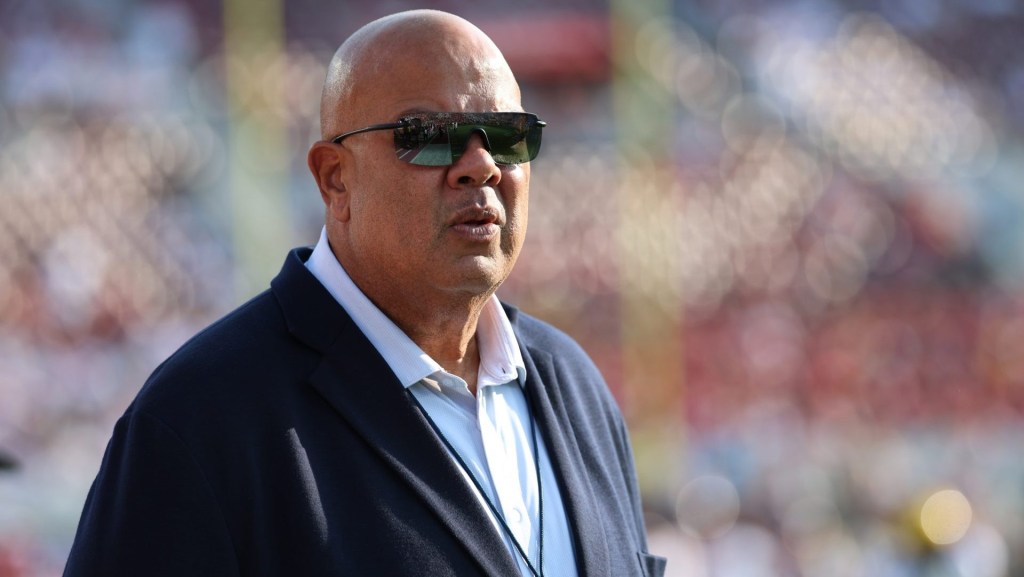TAMPA, Fla. — It’s been nearly four years since the release of the 2021 gender equity report that revealed systemic disparities between the men’s and women’s NCAA basketball tournaments.
The report, issued by then-NCAA president Mark Emmert, came months after a viral video from former Oregon center Sedona Prince that highlighted the stark gap between the women’s and men’s weight rooms in their respective “bubbles,” when both tournaments were affected by the COVID-19 pandemic.
The NCAA has made several major changes in recent years to bridge the gap, and the effects have been noticeable, athletes and administrators say. “What the gender equity report provided is that it really spurred that growth and accelerated it significantly,” NCAA VP for women’s basketball Lynn Holzman tells Front Office Sports.
“I felt the growth just with fans, with the viewership, with the resources provided throughout [March Madness],” Oregon guard Deja Kelly told FOS. Kelly has been in the last five NCAA tournaments, including the one in the bubble.
While both players and coaches have noted the improvements, they say there is still a lot to do to reach parity and position women’s college basketball for as much growth as possible.
In 2021, before the gender equity report, ESPN, the NCAA’s broadcast partner, decided to air all tournament games nationally. In 2023, the title game was moved to ABC.
It’s paid dividends in the ratings. Last year, with a boost from Caitlin Clark, March Madness viewership grew at least 86% in each round, capped by 18.9 million viewers in the title game—the first time viewership surpassed the men’s championship game. The audience is down 31% this year compared to 2024, but still up 47% vs. 2023.
This year is also the first of a new media-rights agreement between the NCAA and ESPN: an eight-year, $920 million deal for 40 NCAA championships that included the women’s tournament at a valuation of $65 million per year. The increased revenue allowed the NCAA to, for the first time, pay conferences for March Madness success via units, which has happened the men’s tournament for decades. This year’s prize pool was $15 million, valuing one unit at about $113,600. It will grow to $25 million by 2027.
The gap with the men’s tournament is still stark. Its media deal is worth about $1.1 billion annually, and each unit paid out this year was worth an estimated $2 million.
Despite the inclusion of women’s March Madness in the media deal, the 2021 gender equity report suggested the women’s tournament receive its own, separate agreement. A third-party media expert said such an arrangement could have been valued at $81 to $112 million per year, according to the 2021 report.
Dawn Staley reiterated that point at Saturday’s press conference in Tampa ahead of the title game. “We need our own television deal so we can understand what our worth is,” she said.
Dawn Staley hopes new WBCA president Jose Fernandez can secure a separate TV deal for the women's tourney.
— Colin Salao (@colincsalao) April 5, 2025
"I don't know if he can get that—open up negotiations for a new television deal would be nice. We need our own television deal so we can understand what our worth is." pic.twitter.com/6pQIexfVIq
Staley said she hopes that newly appointed Women’s Basketball Coaches Association president Jose Fernandez can potentially kickstart those negotiations. However, the women’s tournament may have to wait until 2032, when the combined men’s and women’s media-deals expire. This does open the door for equity as the NCAA can negotiate deals for the two championships simultaneously.
The NCAA also made another major change in the women’s tournament’s format. Aside from adding the First Four, it shifted its Sweet 16 and Elite Eight to a two-region format instead of four, which has boosted attendance. Holzman also tells FOS the NCAA plans to look into moving the first two rounds to neutral sites, which would mirror the men’s tournament.
However, UConn coach Geno Auriemma isn’t happy with the change. “By going to two regionals, we’ve taken the game away from the people,” he told reporters Thursday. Over the weekend, Auriemma continued to stress his frustrations, telling reporters the move is “short-changing” student-athletes and their fans. “What you’re saying if you have two regionals is that you don’t care if half the country can’t get to the game,” Auriemma said Friday.
Auriemma also proposed a schedule alteration in which the women would have more time between games and have their Final Four on “a different weekend than the men.”
NCAA president Charlie Baker defended the two-regional format and said “a lot of coaches” backed the setup.
“The main reason the women’s basketball committee went to the two sites was to fill the stands, create a better experience for the kids, and drive attendance,” Baker told reporters Friday in Tampa. “And they accomplished both of those objectives, attendance numbers have been much higher the last few years and the kids really enjoy a packed house.”

While Holzman did not suggest the idea of a timing change in the women’s schedule, she did emphasize there are no plans to combine the two Final Fours in one venue—even if this was suggested in the gender equity report. “The equity absolutely is a paramount principle … but we also have to … recognize some of the unique elements between men and women’s basketball,” she says.
Amid the women’s tournament’s growth, conversation has also shifted to include NIL (name, image, and likeness) rules, especially given the House settlement approval, which could come as early as Monday.
With revenue sharing set to provide a cap-like structure to schools, the question remains: Where does women’s basketball fall in the pecking order?
Staley expressed some concern about women’s basketball potentially taking another step back because of the new rules. “Now that rev-share’s a part of [NCAA], we’re not considered a revenue-producing sport prior to us being in demand. But we’re becoming a revenue-producing sport. Not there yet, but the rev-share dollars won’t allow us more because it’s based off of what happened,” Staley said Thursday.
Emily Jo Roberts, an agent at Wasserman, tells FOS there needs to be a shift away from the idea that money should go only to football and men’s basketball. “There’s the very old, antiquated idea that you give money to football and men’s basketball because that’s what’s ‘making you money’ and you just kind of throw what’s left to women’s basketball or other women’s sports,” Roberts says. “I just think that that is an antiquated way to look at this now that we really should be operating much more like a business as opposed to athletic departments.”


